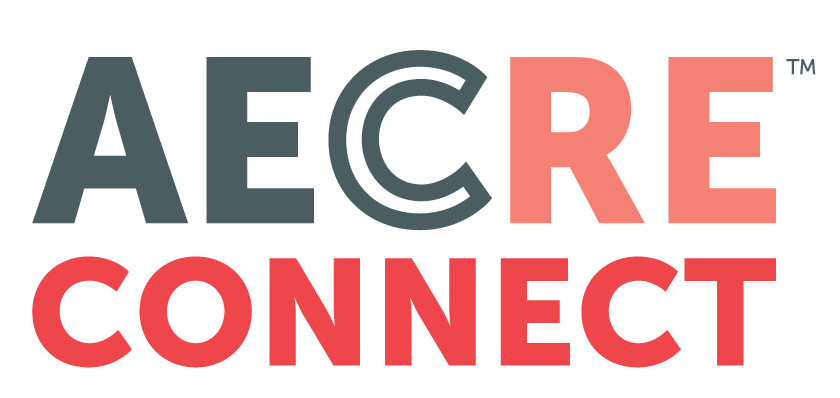The original story can be read on BizNow.Com, here.
While Denver has seen a few slowdowns in terms of planning and entitlement, delays have not been too bad since Colorado’s shutdown began. That’s according to Milender White Vice President Morgan Lysohir, who was one of the panelists on Bisnow’s Construction Amid Coronavirus webinar.
“We’ve been pleasantly surprised with how well the inspectors have worked with us on all of our projects,” Lysohir said. “When this first hit, that was one of our biggest concerns, that even though we were allowed to work that our production would stop when we couldn’t get inspections.”
Dean Barber, executive vice president of development management at Confluent Development, said that they have seen a general slowdown, but things are “still moving.” The most surprising part of the current state of construction is that inspections have continued on, he said, adding that inspectors are being flexible without compromising their thoroughness.
“We need to appreciate that we’re creating some challenges time-wise, we need to adjust to that,” he said. “Everyone is playing nice in the sandbox right now, but we’ve seen slowdowns.”
While projects are progressing, they’re not at the same velocity they once were. There have been inefficiencies on sites and a lot of small, minor things that have added up, Lysohir said.
At the beginning of the crisis, Lysohir said there were dips in manpower when many workers weren’t sure if they were considered essential. Overall, she said, sites are still about 90% efficient across the board, though some sites are doing better than others. Developers, contractors and subcontractors have had to get creative in how the work continues. That could mean having subs come on in shifts and staggering breaks to allow 6 feet between workers. On a site with 250 workers, Lysohir pointed out that having them all there at once makes social distancing almost impossible.
“To date, there has been loss of efficiency on the job site,” Barber said, though he added there have been few actual delays. From a developer’s perspective, Barber said it has been unusual not being able to go out to job sites, in order to avoid additional on-site burdens.
However, the alternatives to physically being on-site have worked out well so far. “The way that technology has performed, and how comfortable we’ve been able to work from our workplaces has been incredibly surprising across the board in almost all industries,” he said. As in-person visits aren’t the norm anymore, Confluent uses webcams and virtual tours with superintendents to stay in tune with the progress of construction, Barber said. He added that they’ve used OnSiteIq, a New York-based construction imagery startup, to take a “plethora” of photos throughout the project on a regular basis.
With inefficiencies, delays and ramped-up safety measures, there’s been a small bump in construction costs. Those include paying for extra cleaning services, having third-party temperature testing on-site and requiring extra protecting equipment including full face masks. “It’s impacting in a minimal way some of the costs we’re incurring,” Lysohir said. “Some of our subcontractors are stepping up with the safety gear required.” There have been “nuisance costs” that have come up Barber said. One of those extra costs comes from finding new masks, after many general contractors gave masks to healthcare organizations. “So, when the masks became required on job sites, they were short. They had to go out and find new supply chain ways to get them,” he said.
Supply chains have been another big topic of discussion in the construction industry, and one both Barber and Lysohir said they are pleasantly surprised about. Beyond “nuisance delays,” Barber said there’s been nothing big from the general contractors and designers he sits at a roundtable with on a weekly basis.
About five weeks ago, Barber said Confluent was proactive about getting submittal schedules and material orders with general contractors. They’ve also been reviewing submittals and asking contractors to expedite orders for materials they may not need for another few months, so they can get ahead of those orders now. Lysohir said that they received a lot of notice when this pandemic began that they would see impacts in supply chains, but thus far those haven’t been significant, as trade has been exempt from a lot of current restrictions on the economy.
Going forward, Barber thinks this is going to have an impact on supply chains, as many in the construction industry have had to explore, or at least consider, alternatives to their usual materials channel. “If China would have gotten significantly worse, it could’ve shut down production in a lot of ways,” he said. “I’m hoping that in the future, we see a great diversification in the way we get materials.”



